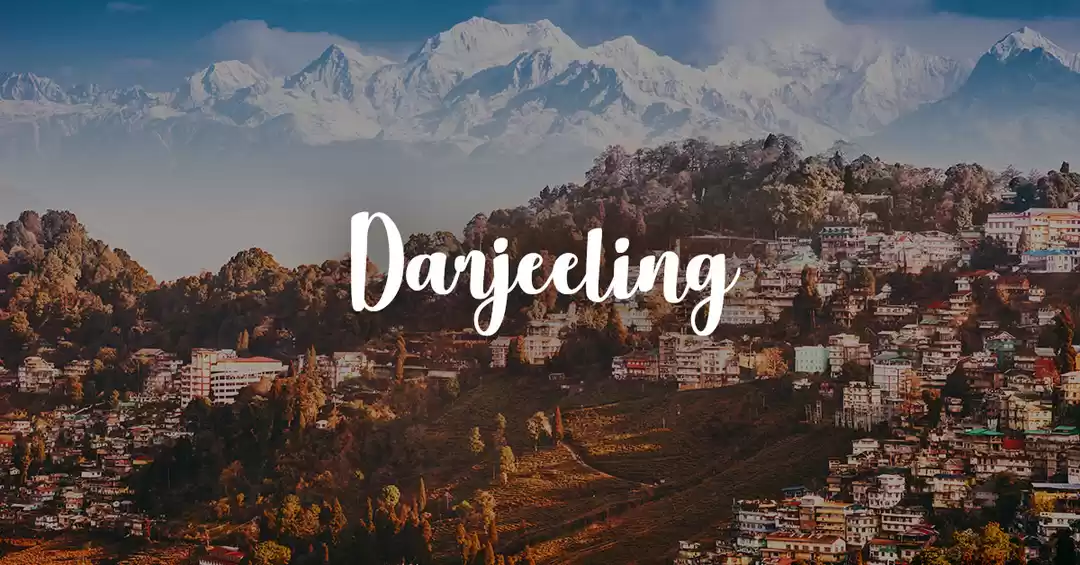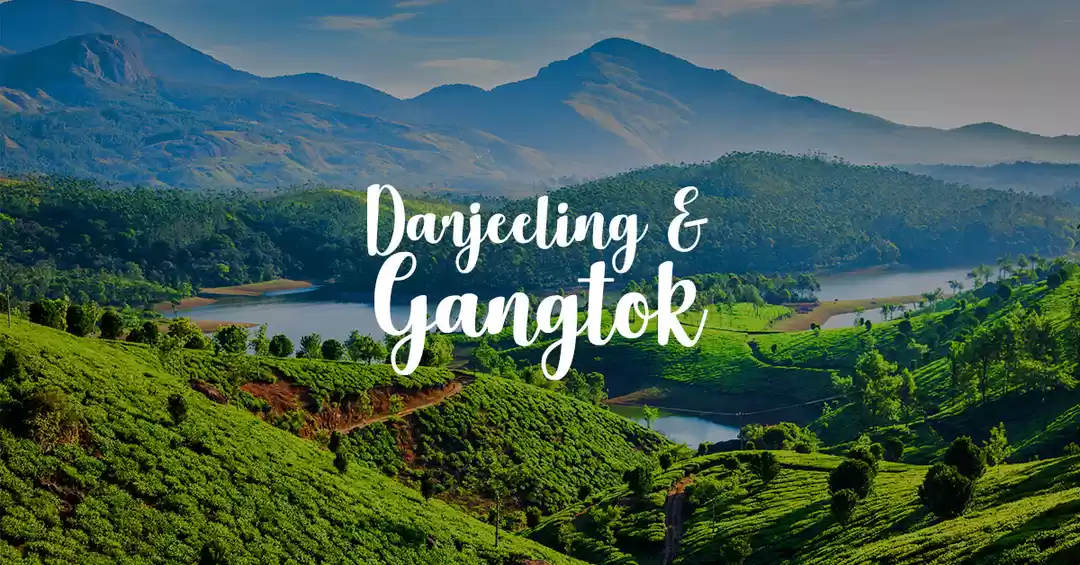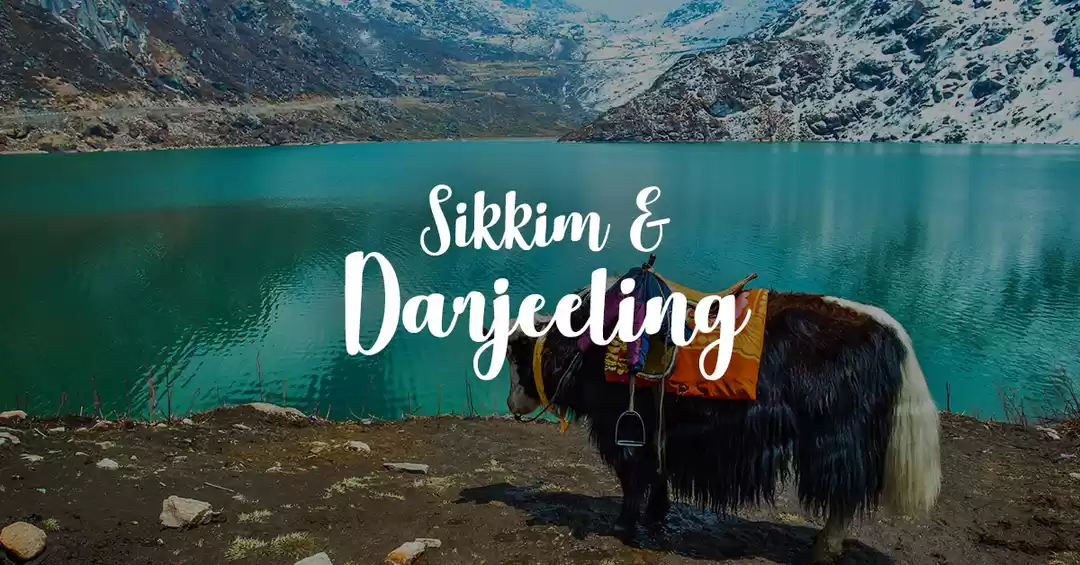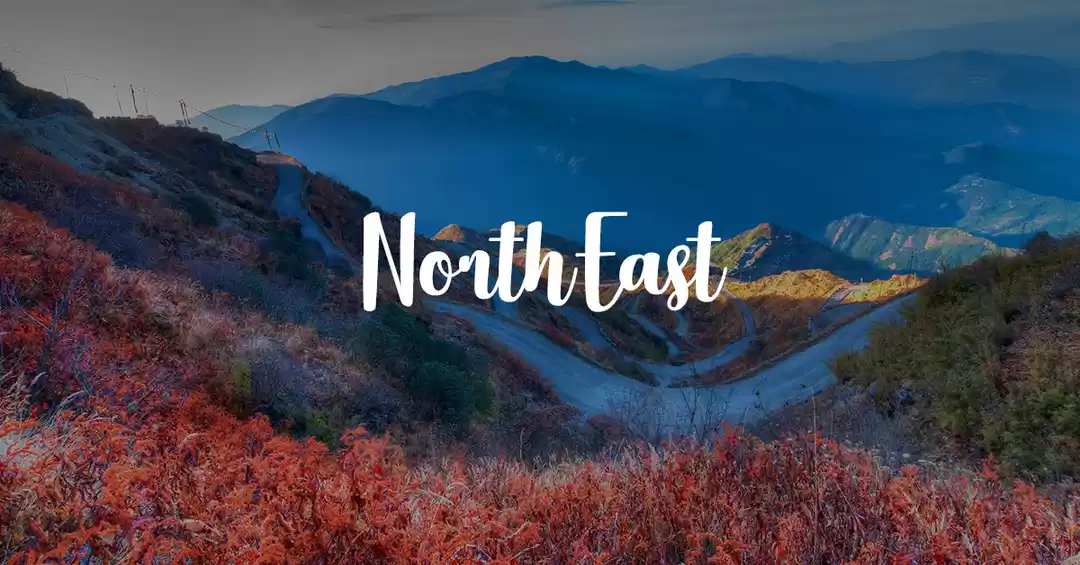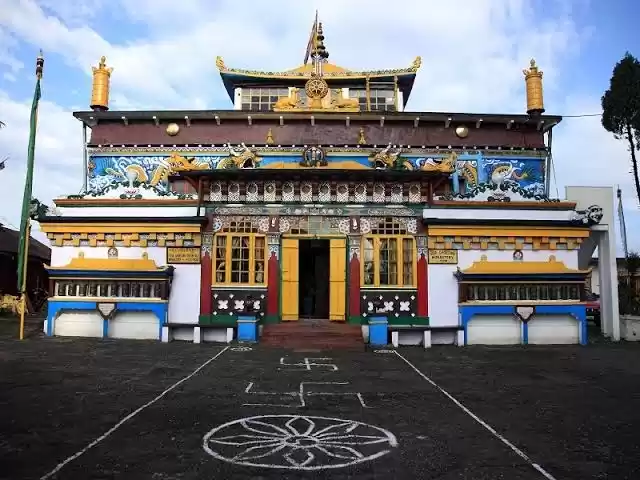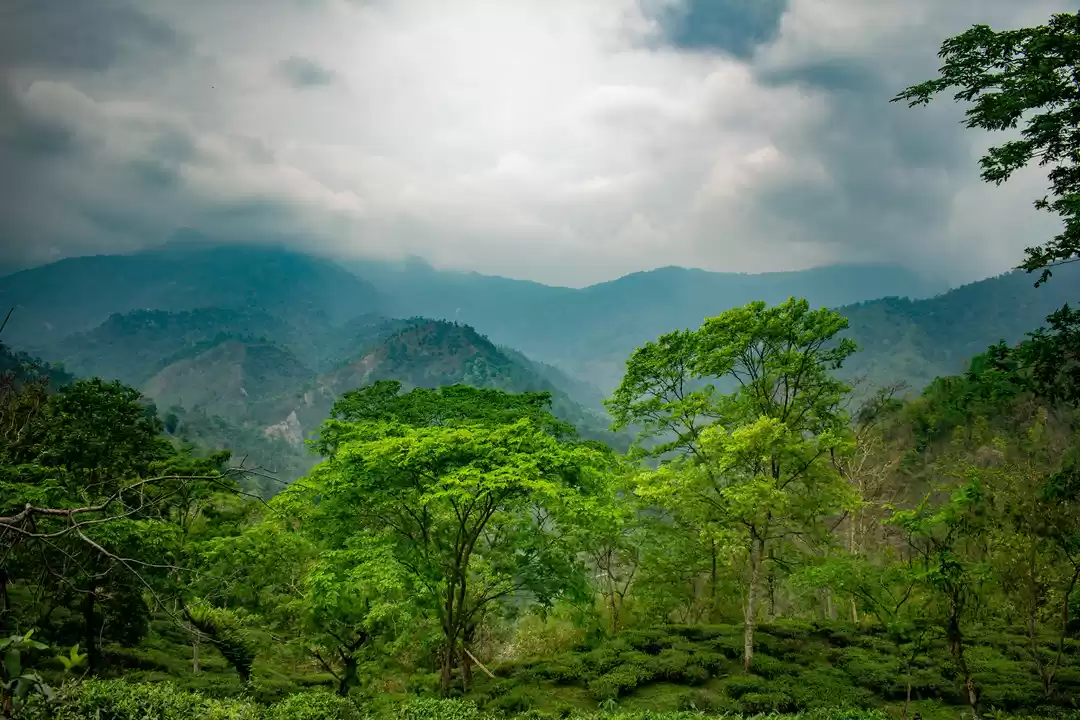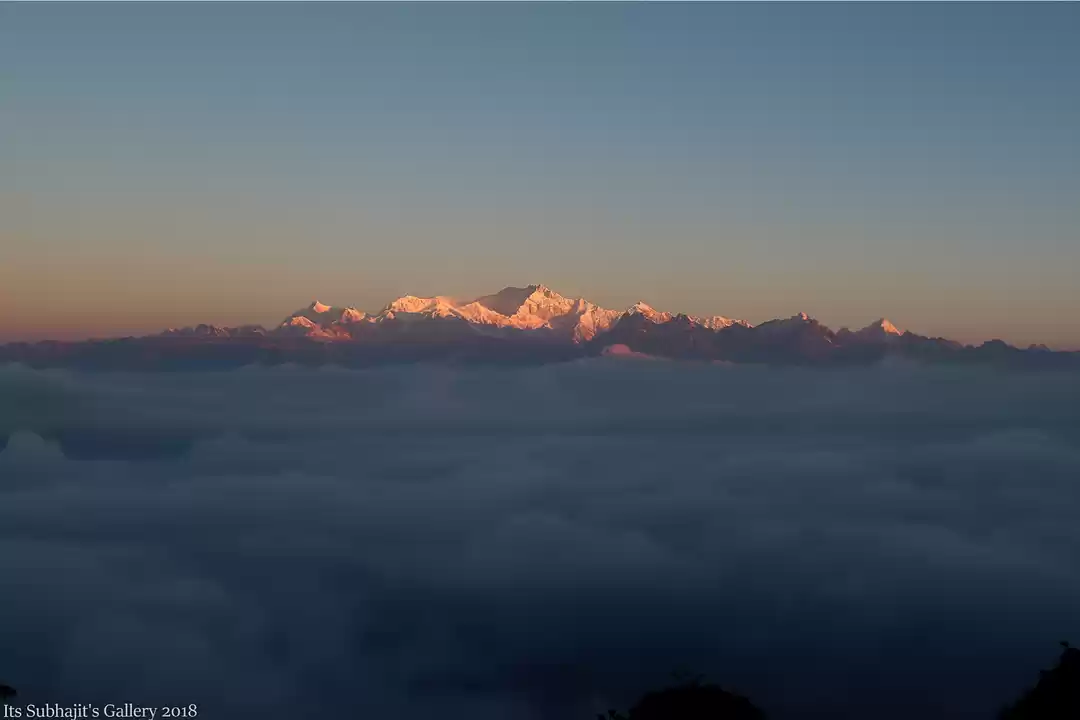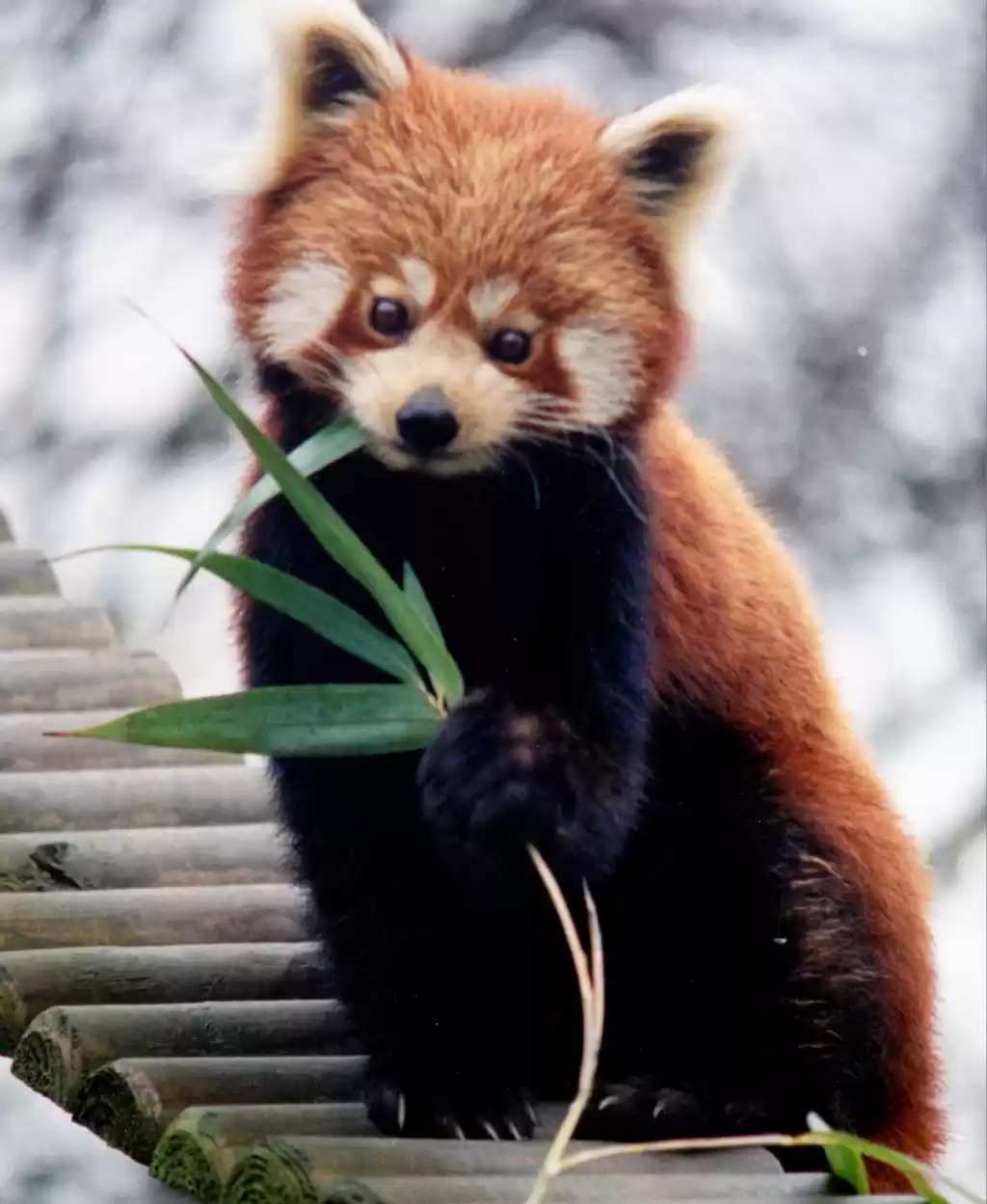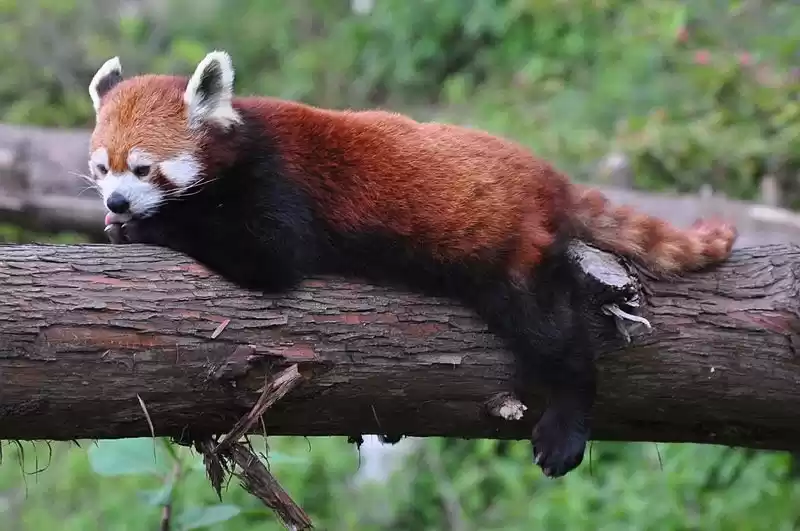
On my stopover at Darjeeling, I had the chance to visit The Padmaja Naidu Himalayan Zoological Park (also called the Darjeeling Zoo) and the Himalayan Mountaineering Institute.

Opened in 1958, The Darjeeling Zoo stands at an average elevation of approximately 7,000 feet - making it one of the largest high altitude zoos in India.
This is the only specialised zoo in India and it specialises in breeding animals adapted to alpine conditions - such as snow leopards, Himalayan wolves , and the Red Panda - the prime attraction of the zoo.
The Red Panda
The Red Panda is the Prime attraction of the Darjeeling Zoo. Although being extremely difficult to capture it one in a frame, I did manage to get some shots of the uber cute fluffy creature.

The Red Panda (Ailurus fulgens, or shining-cat), is a small arboreal mammal native to the eastern Himalayas and south-western China.

Males can weigh from 3.7 to 6.2 kilograms and females from 3 to 6.0 kilograms. The Red Panda has also been associated with the bear and racoon families formerly.
The name panda is said to come from the Nepali word ‘ponya,’ which means bamboo or plant-eating animal.
With a size slightly larger than a domestic cat - The Red Panda mainly feeds on bamboo, but is also known to feed on eggs, birds, insects and small animals, mainly mammals.
Other attractions of the Darjeeling Himalayan Zoo include a variety of birds and also the giant black bear.







